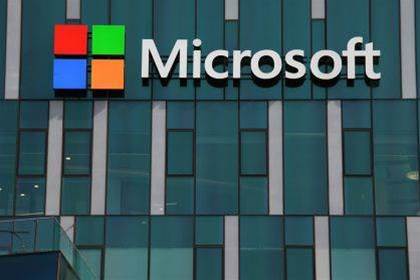Microsoft’s AI Investment Strategy
Brief Overview
- Microsoft has saved more than AU$770 million through AI in its call centres.
- AI technologies enhance productivity across multiple sectors including sales and software development.
- The company is conducting strategic layoffs to reduce expenses while investing in AI infrastructure.
- 35% of new product coding is generated by AI, accelerating time to market.
- Microsoft intends to allocate US$80 billion towards expanding data centres for AI services.
Significant Savings via AI in Call Centres
Microsoft has realized remarkable cost efficiencies, surpassing AU$770 million, by employing artificial intelligence (AI) within its call centre services. By harnessing AI, the technology powerhouse has optimized processes and elevated efficiency, greatly reducing operational costs.
Targeted Workforce Modifications
In an effort to efficiently manage expenses in light of hefty AI investments, Microsoft has recently revealed plans to reduce its workforce, impacting around 4% of its personnel. In May, roughly 6,000 employees were let go as part of these tactical moves.
Enhancing Productivity with AI
AI solutions are proving essential throughout Microsoft’s various departments, boosting productivity in areas such as sales, customer service, and software development. By automating engagements with smaller customers, these tools have begun yielding significant revenue for the organization.
Speeding Up Product Development
AI is also vital in product engineering, with 35% of new product coding being generated by AI. This implementation has notably cut down launch times, providing a competitive advantage in the rapid-moving tech sector.
Commitment to AI Infrastructure
Microsoft has set aside an astonishing US$80 billion for capital expenditures this fiscal year, primarily aimed at expanding data centres. This investment seeks to resolve capacity limitations and cater to the rising demand for AI services.
Conclusion
Microsoft’s strategic adoption of AI has led to considerable cost reductions while also increasing productivity and speeding up product development. As the company undertakes workforce modifications, it continues to heavily invest in AI infrastructure, solidifying its standing as a frontrunner in the tech landscape.
Q: How is Microsoft reducing expenses with AI?
A: Microsoft has incorporated AI into its call centre functions, streamlining procedures and markedly lowering operational expenses.
Q: Why is Microsoft implementing layoffs?
A: The layoffs are a component of Microsoft’s approach to effectively manage costs while making substantial investments in AI infrastructure.
Q: What effect is AI having on Microsoft’s product development?
A: AI is responsible for generating 35% of the coding for new products, hastening development timelines and boosting efficiency.
Q: What are Microsoft’s plans concerning AI infrastructure?
A: Microsoft plans to invest US$80 billion in expanding its data centres to accommodate the increasing demand for AI services.
Q: Which areas are experiencing benefits from AI at Microsoft?
A: AI tools are improving productivity in sales, customer service, software development, and client interactions.












